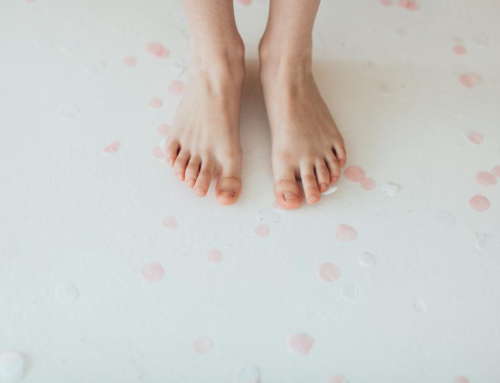Nail fungus treatment timeline might be a long one and will require a lot of patience from the patient. After you’ve identified the signs of toenail fungus, you should seek treatment. This is important to do as soon as possible to shorten the treatment timeline. Toenail fungus is a condition that will worsen with time. And all treatment options have higher success rates when the fungus is caught early on. Additionally, nail fungus is contagious and can easily spread to those you are in close contact with. Once you’ve decided to move forward with treating your fungus, nail fungus treatment timelines will differ depending on the treatment option you choose.
Realizing that you’re not alone
Toenail fungus is very common among nail-related problems. We’ve learned that about 50% of the population over 50 years old will at some point in their life encounter this infection. It is important to know that it exists and know ways to treat it. People shouldn’t be ashamed of this condition since it is so common. The fact that you have a fungus infection in your feet or hands doesn’t mean that you’re dirty. Poor hygiene can make it earlier to contract nail fungus. People who don’t wash their feet regularly, for example, are at higher risk than those who do. But you can wash your feet every day, live a clean life, and take good care of yourself and still get a fungal toenail infection. For example, if you borrowed shoes of someone who has the disease or used their nail clippers you may get the infection.
Comparing Treatment options for fungal nails
The best treatment available for toenail fungus is the PinPointe laser. Our nail fungus laser is FDA-approved, painless, and only takes about 20-30 minutes to complete. Compared to other treatments on the market, the PinPointe laser has a short treatment timeline. Other lasers on the market can take up to 4 treatments to kill all of the fungi. And topical/oral medications require long periods of use before the fungus is eliminated. These options, therefore, have extended treatment timelines compared to the PinPointe laser. It only requires one treatment session to kill all of the fungi under the nails!
The PinPointe laser treatment timeline should start with a consultation. During the consultation, a doctor will explain the procedure in detail, examine your nails for fungus. They will also discuss how to move forward with curing your fungus. The next step in the treatment timeline is the procedure itself; the doctor will use the laser in a grid-like motion across each of your nails on the affected foot to kill all of the fungi. Once the treatment is done, you will be able to resume normal activity immediately afterward–that means the PinPointe laser treatment timeline involves no downtime whatsoever!
Expectations for Nail Fungus Laser Treatment
During your consultation, the nail doctor in a clinic near you will explain to you post-treatment care in detail. While the PinPointe laser kills all of the fungi under the nail, it is of course possible for you to catch the fungus again. Aftercare for the laser treatment, therefore, focuses on shielding your nails from future reinfections. This includes both steps you can take in the weeks following your procedure, like antifungal creams for the skin of the foot, and general hygiene practices that can help ensure a lifetime of minimal risk.
After the PinPointe laser procedure, the rest of the treatment timeline depends on how fast your individual nails grow. Results are seen as a new, healthy nail grows in. The nail can be trimmed off as normal, and soon a clear nail will fully replace the damaged one. To schedule a consultation for treatment with the PinPointe laser at one of our 130 locations, call 1-(800) 672-0625, or go to https://www.lasernailtherapy.com/.



